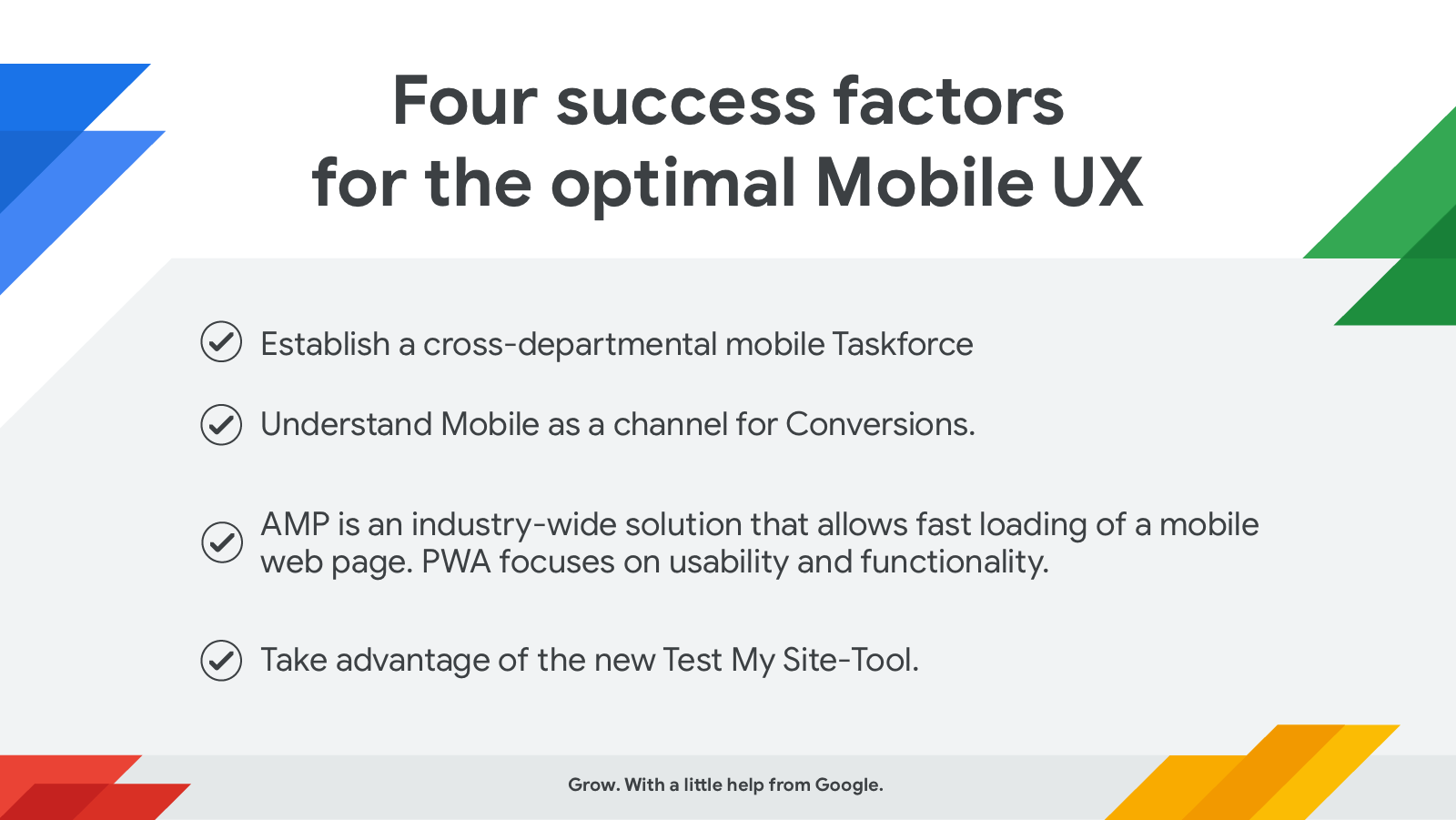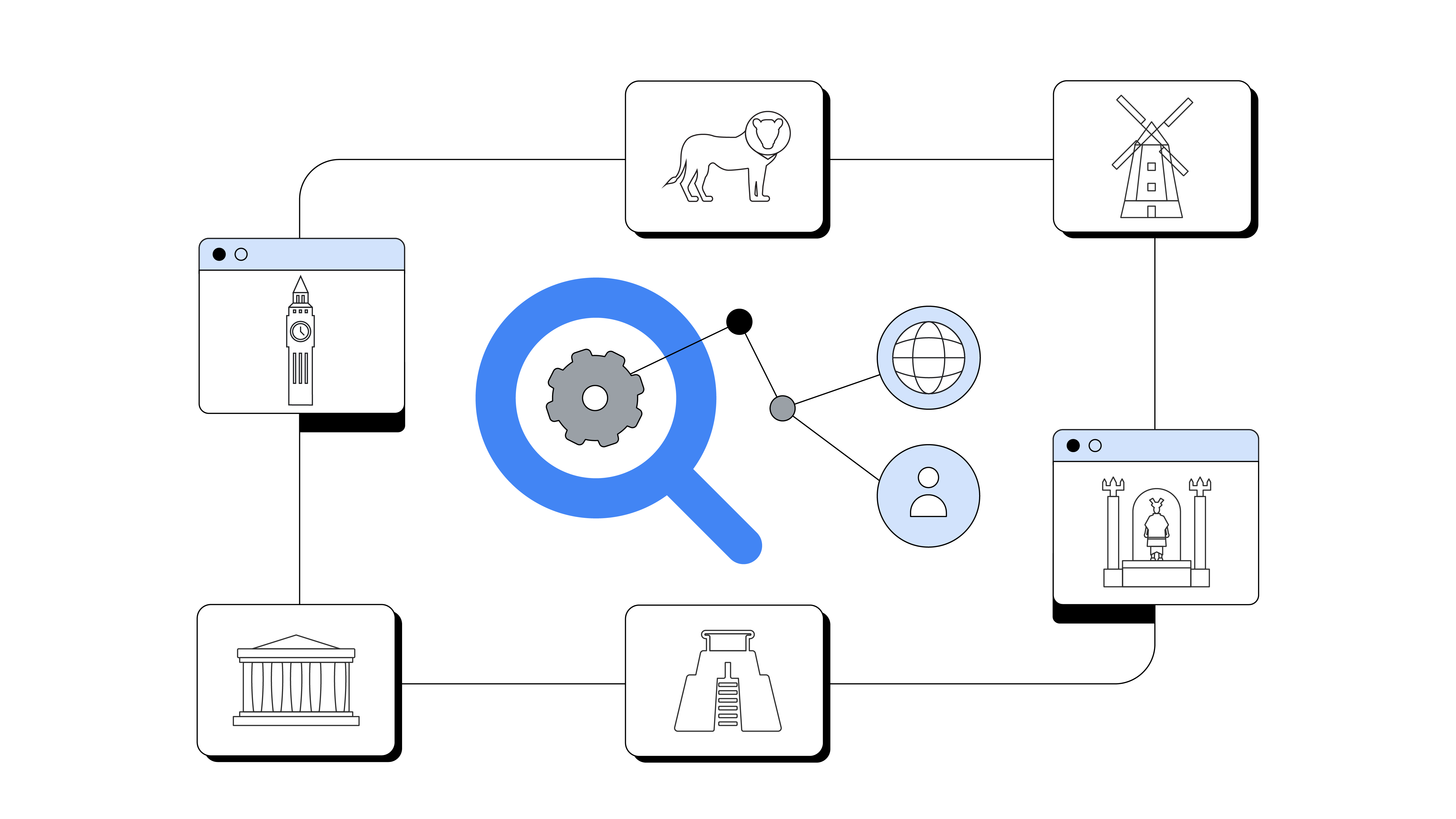Google's Mobile Specialists Lars Bognar and Julius Schröder will be showing audiences at Online Marketing Rockstars Festival # OMR19 how companies are creating the best possible mobile experience for their users. Why is mobile optimisation essential for performance, and how can you increase conversion rates? These and other questions as well as specific recommendations for action are available in the exclusive preliminary interview.

Think with Google: As user expectations increase, many companies lose revenue due to non-performing mobile sites. Why is mobile optimisation a must for advertisers?
Lars Bognar: We keep observing that the industry underestimates the importance of mobile. Mobile optimisation, both in terms of design and loading speed, is essential to performance and directly impacts conversion rates. The knowledge about this has not yet arrived in every part of the industry, for advertisers there are many optimisation possibilities.
Julius Schröder: For example, we know for retailers that delaying just one-second mobile load time can reduce conversions by up to 20 per cent.1 Mobile users are extremely impatient: they only spend 50 milliseconds to get an impression of a website.2 In addition, Progressive Web Apps have recently been listed on the Google Playstore. This gives companies the ability to reach users through the Playstore, even without the development of a native app.
Think with Google: So it says speed counts. What else do users want from a mobile website?
Julius: Mobile users have two main needs: They want simplicity and also want to use web pages as intuitively as they are used to on the desktop PC. The customer wants to perform a desired action on the page as quickly as possible, for example, to place an order.
Think with Google: What does this mean for website design?
Julius: Desktop web pages can not and should not just be recreated one to one for mobile devices. Because desktop works very differently – be it with forms, questionnaires, the number of fields or buttons. With mobile, all the relevant features have to be accommodated on a much smaller screen, while at the same time the website needs to be fast and the design user-friendly. It is called with all these factors so: Mobile first! Because the first impression counts: A majority of the online buyers, 79 per cent, does not return to the respective website after a bad user experience.3
Think with Google: Let's get to the technical details. There is a myth that Accelerated Mobile Pages (AMP) is really just for publishers. Is that correct? And what about Progressive Web App (PWA) ?
Lars: No, that's not the only way. The AMP technology was originally developed for publishers. However, mobile speed is essential in all industries, which is why AMP is a suitable solution for every website operator. This technology ensures fast mobile loading time.
Julius: Progressive Web Apps (PWAs) enable interactive and intuitive use, much like a native app. This technology is therefore especially for website operators who are already deeper in the marketing funnel. PWA offers more functionality, while being user-friendly and fast. Both products – AMP and PWA – can coexist very well. We recommend that you guarantee quick start with AMP and then add advanced functionality with PWAs as your Conversion Funnel progresses.
Think with Google: How do you rate the relevance of mobile optimisation and loading speed for SEO?
Julius: Since 2015, the mobile optimisation of a website is a ranking factor for the Google search. In the same year, the US received more searches for mobile than desktop for the first time.4 Mobile has overtaken Desktop so. In addition to mobile optimisation, since last year the mobile charging speed has become a ranking factor. This means that slow mobile websites are disadvantaged in the ranking.
Think with Google: What's the best way to start a business?
Lars: The first step is to know the status quo of your own website. Among other things, the tool Test My Site, which was recently revised and extended with new features, helps . It rates the loading speed of websites as well as individual sub-pages and offers the possibility to compare their own loading time with that of competitors. Last but not least, web site operators can calculate how a faster website can impact their own sales figures. The tool also helps to start the optimisation directly after checking the status quo and provides individual recommendations for action.
Think with Google: In summary, what are the key success factors that help businesses create optimal mobile UX?
Lars: We have a total of four lessons that we would like to help companies with:
Start a cross-departmental mobile taskforce. That is the basis for a long-term and sustainable mobile strategy.
- Understand Mobile as the Channel for Conversions: If you want to grow, you have to provide what users want. A mobile-optimised and fast site starts right there and prevents users from leaving the website prematurely.
- AMP is a cross-industry solution that enables fast loading of a mobile website. PWA focuses on usability and functionality. The two technologies can be used together, but also independently of each other.
- Find out which growth opportunities your mobile site offers with the new Test My Site tool.

During their masterclass at the # OMR19, Lars Bognar and Julius Schröder will share further exciting insights and best practices, present the latest technical solutions in the field of AMP and PWA and show the audience the importance of Mobile Speed in a hands-on and playful manner. Join us and get your ticket now at https://omr.com/festival2019/de/tickets/#ticketing.
For more valuable tips on mobile loading times, see Mobile Speed: These 10 points must now be considered by site operators. Also, find out why Expedia's strategy is to show off the best on mobile devices.







